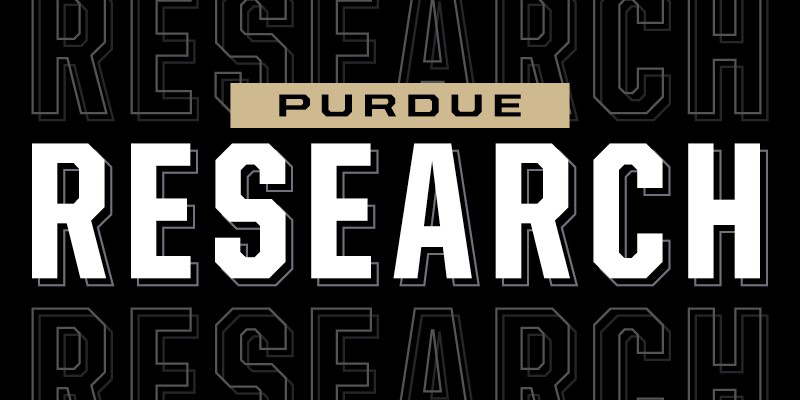September 14, 2021
A possible new pathway for treating epileptic seizures in patients with autism

Key research finding
Autism affects about 2% of children in the United States, and about 30% of these children have seizures. Recent large-scale genetic studies revealed that genetic variants in a sodium channel, called voltage-gated sodium channel Nav1.2, is a leading cause of autism. Overactive sodium channels in the neuron cause seizures. Doctors often treat seizures by giving the patient a medication meant to close the sodium channels, reducing the flow of sodium through axons. For many patients such treatment works, but in some cases – up to 20 or 30% – the treatment doesn’t work. These children have “loss-of-function” variants in Nav1.2, which is expected to reduce the sodium channel activity as “anti-seizures”. Thus, how the deficiency in sodium channel Nav1.2 leads to seizures is a major mystery in the field that puzzles physicians and scientists.
Yang Yang, an assistant professor of medicinal chemistry and molecular pharmacology at Purdue University, and his team, including first-author of the paper post-doctoral researcher Jingliang Zhang, tackled the issue. They discovered that in Nav1.2 deficient neurons, the expressions of many potassium channels are surprisingly reduced. The Nav1.2 deficiency itself doesn’t cause seizures; the issue arises when the potassium channels over-compensate for the sodium channels’ deficiency by shutting down too many potassium channels, making the neuron hyperexcitable, which causes seizures. In such cases, treating the sodium channel clearly does not work. Yang and his team suggest that developing medicines to open the potassium channels would help control seizures in these patients. Notably, researchers from the University of California, San Francisco led by Kevin Bender’s research group made a similar observation independently. Yang and Bender’s papers were published back-to-back in the same issue of Cell Reports.
“We’re looking at genetic makeup, so doctors can proscribe a drug and gene therapy based on genes identified – personalized medicines,” Yang said. “Our research points toward a direction for future research, maybe future treatments. We are peacetime warriors, fighting humanity’s biggest enemy: disease. There are kids dying because of these conditions. Our goal is to help them, to help their parents and their families. This kind of basic research is a vital part of finding new drugs.”
Purdue professor’s expertise
Yang is an expert in pharmacogenetics, especially the genetics of chronic pain, epilepsy and autism.
Journal name
Cell Press. The paper is available online.
Funding
This work is supported by the Showalter Research Trust and the Purdue Big Idea Challenge 2.0 on Autism (to Y.Y.). The research reported in this publication was also supported by the National Institute of Neurological Disorders and Stroke of the National Institutes of Health (R01NS117585 and R01NS123154 to Y.Y.). The authors gratefully acknowledge support from the FamilieSCN2A Foundation for Action Potential Grant support, and Purdue Institute for Drug Discovery and Purdue Institute for Integrative Neuroscience for additional funding support. This project was supported in part by the Indiana Spinal Cord and Brain Injury Research Fund and the Indiana CTSI, funded in part by UL1TR002529 from the NIH. The Yang lab appreciates bioinformatics support from the Collaborative Core for Cancer Bioinformatics (C3B) of the IU Simon Comprehensive Cancer Center (P30CA082709), PCCR (P30CA023168) and the Walther Cancer Foundation.
Brief summary of methods
The research team generated a unique Scn2a deficient mouse model, which has low level of sodium channel Nav1.2, to understand how the deficiency of Nav1.2 channel may lead to seizures. They then closely examined the sodium and potassium channels’ behavior and looked at the resulting excitability of the neuron. When working with the mice, they were careful to include a balanced ratio of sexes to avoid bias in the data.
Writer and media contact: Brittany Steff, bsteff@purdue.edu
Source: Yang Yang, yangyang@purdue.edu
Note to journalists: Journalists visiting campus should follow visitor health guidelines.

